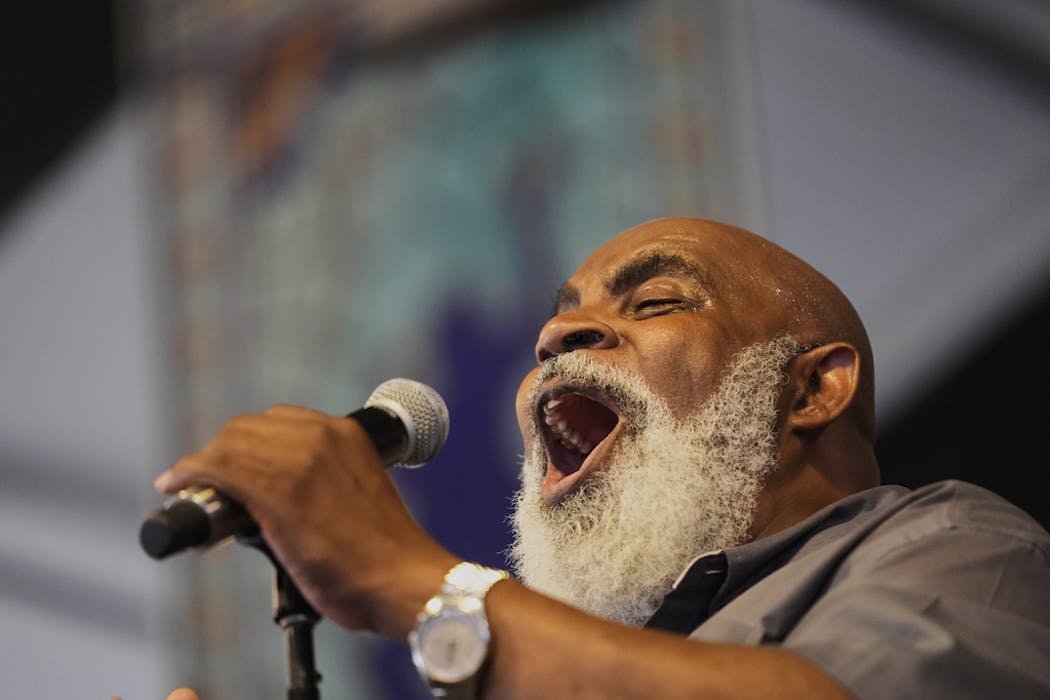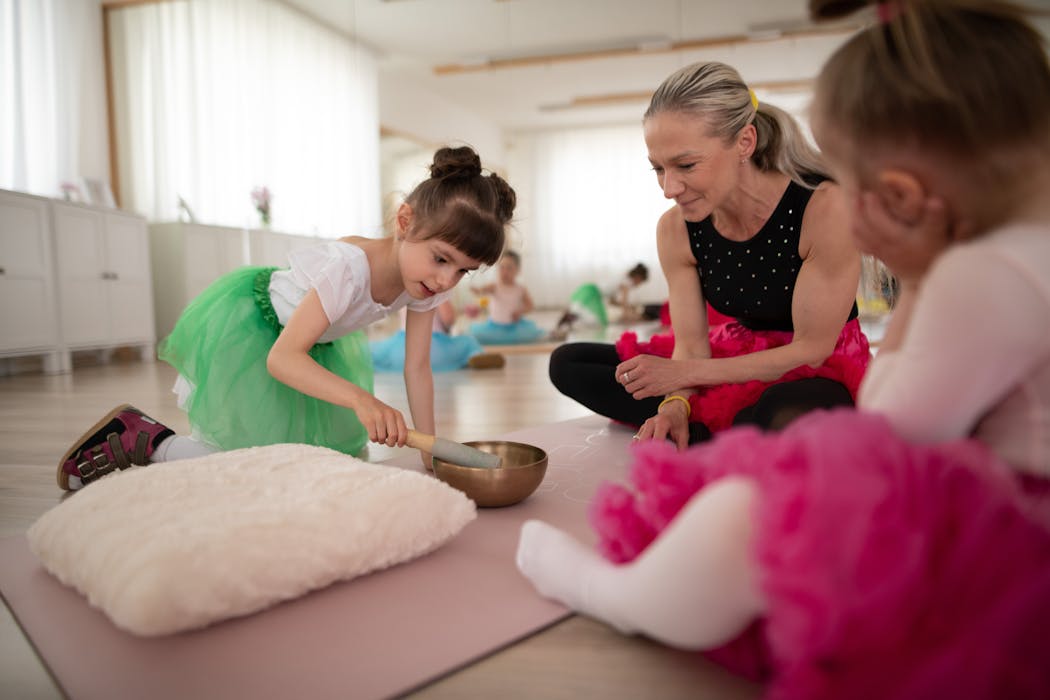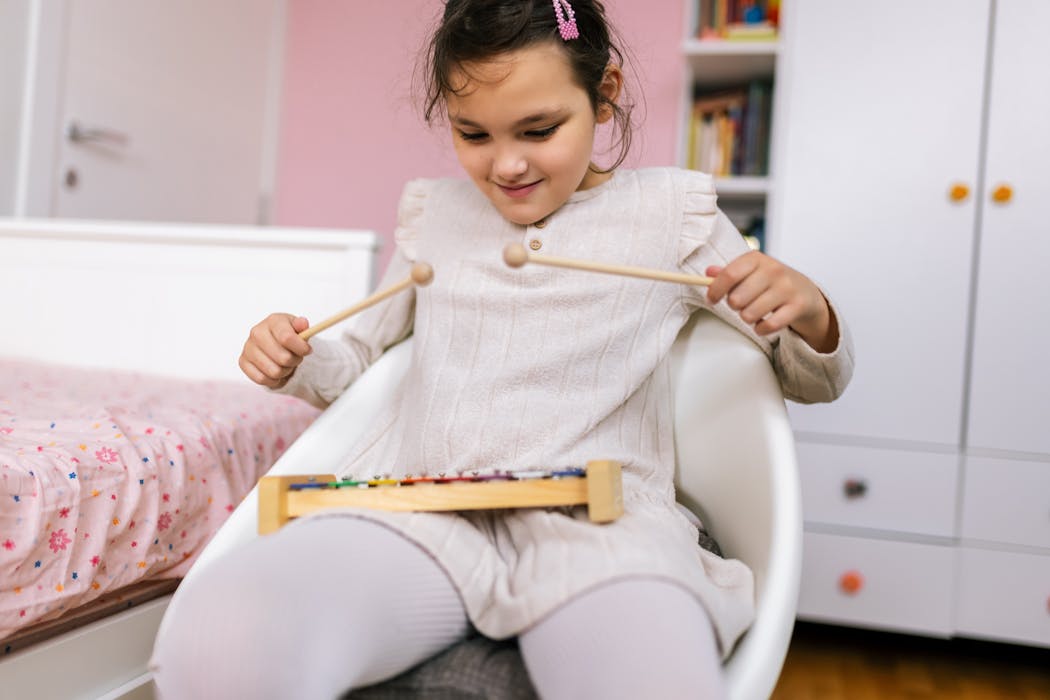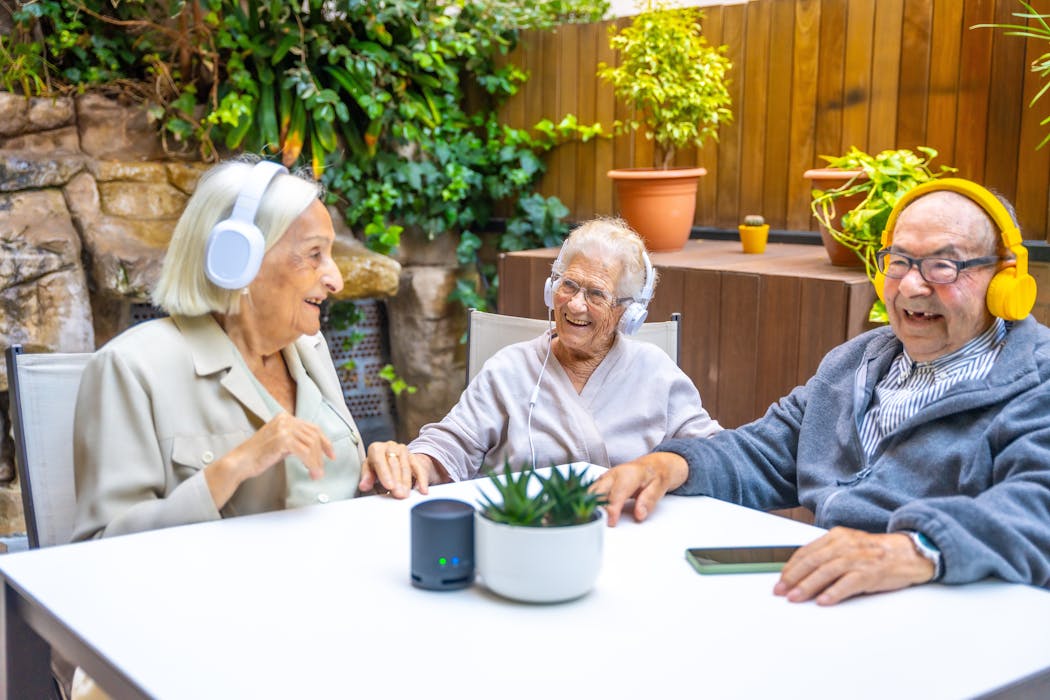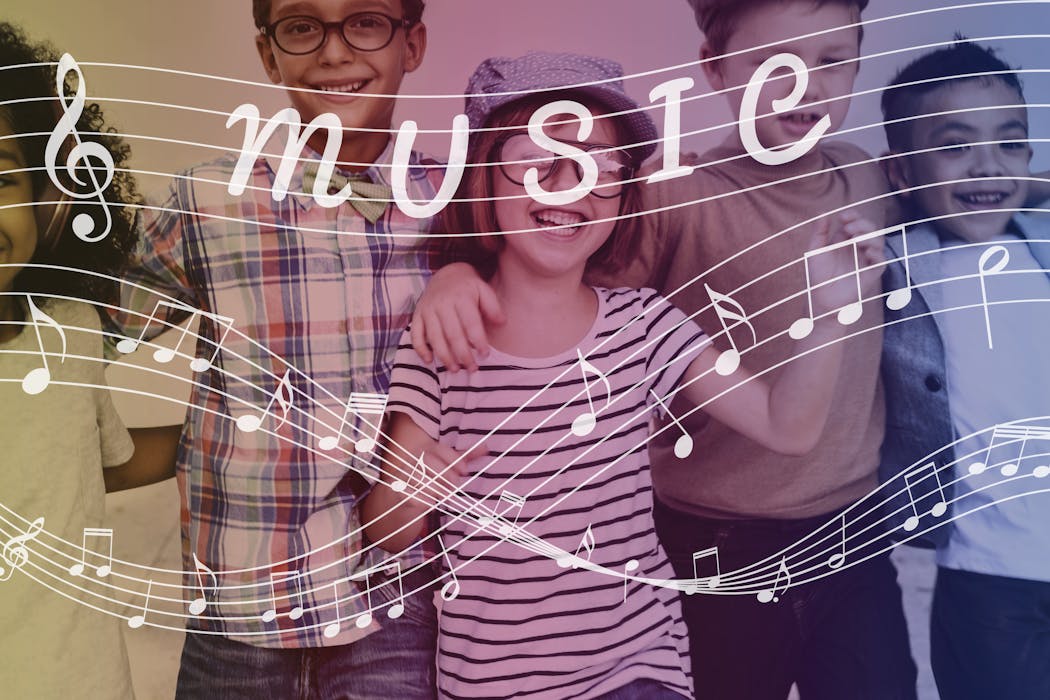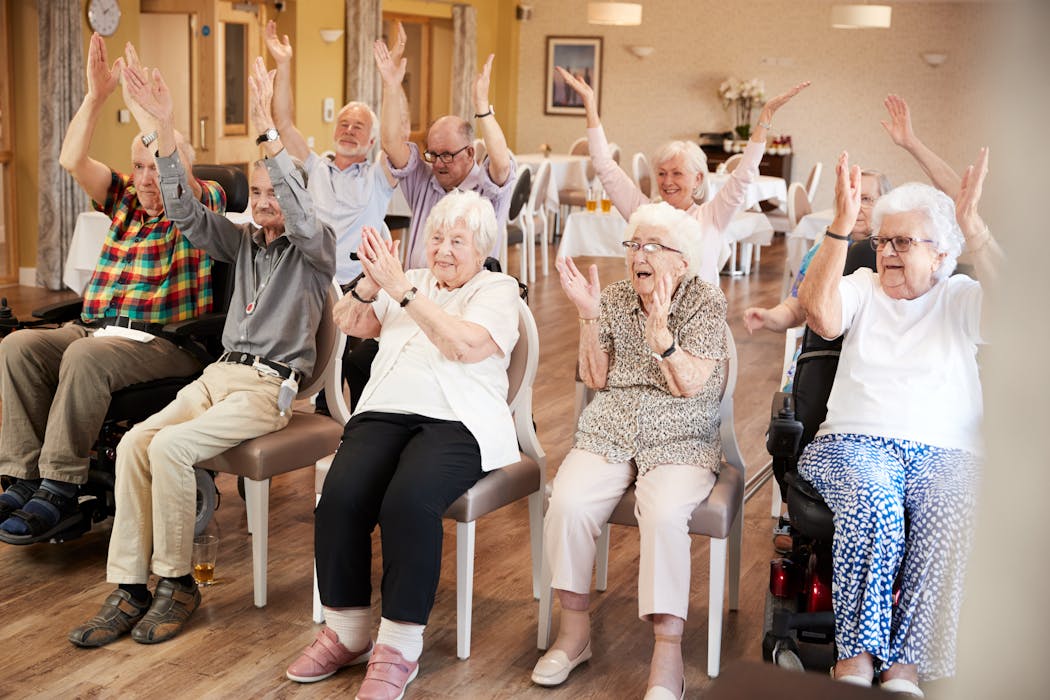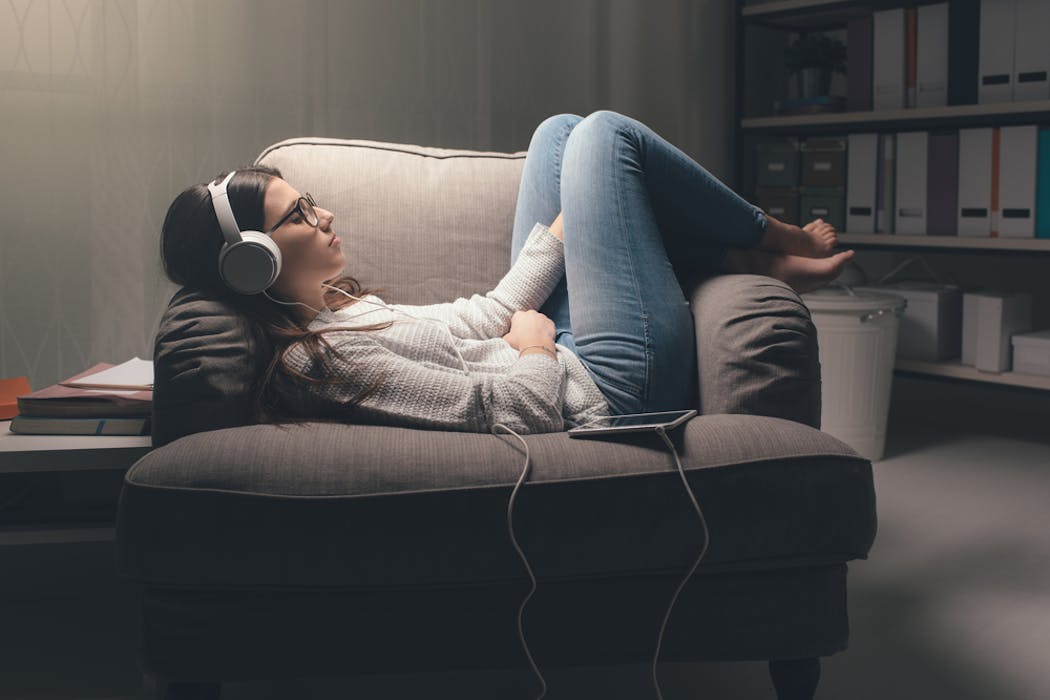Art has long been recognized as a powerful tool for promoting mental wellness. Whether it’s through painting, drawing, music, creative writing, or mindfulness practices, engaging in artistic activities can have a profound impact on our emotional and psychological well-being. In this article, we will explore the various ways in which art can be used as a means of self-expression, stress relief, and healing. From the therapeutic benefits of painting and drawing to the transformative power of music and movement, we will delve into the ways in which art can be harnessed to promote mental wellness and overall well-being.
Painting and Drawing: Expressing Emotions Through Visual Art
Painting and drawing have long been recognized as powerful tools for expressing emotions and processing difficult experiences. Through the use of color, form, and texture, individuals can externalize their innermost thoughts and feelings, gaining a sense of release and catharsis in the process. The act of creating visual art can also provide a sense of control and empowerment, allowing individuals to explore and confront their emotions in a safe and non-threatening manner. Additionally, the process of painting or drawing can be meditative and calming, providing a much-needed respite from the stresses of daily life. Whether it’s through the creation of abstract works or realistic depictions, visual art can serve as a powerful means of self-expression and emotional release.
In addition to its therapeutic benefits, painting and drawing can also foster a sense of connection and community. Art therapy groups and workshops provide individuals with the opportunity to share their work, receive feedback, and connect with others who may be experiencing similar challenges. This sense of camaraderie and support can be incredibly validating and empowering, helping individuals to feel less alone in their struggles. Overall, painting and drawing offer a unique avenue for individuals to explore their emotions, find solace in creativity, and connect with others in a meaningful way.
Music and Movement: Using Sound and Body to Release Stress and Anxiety
Music and movement have long been recognized as powerful tools for promoting mental wellness. Whether it’s through the act of playing an instrument, dancing, or simply listening to music, engaging with sound and movement can have a profound impact on our emotional and psychological well-being. Music has the ability to evoke a wide range of emotions, from joy and excitement to sadness and nostalgia. By listening to music that resonates with us, we can find solace, comfort, and a sense of connection to something greater than ourselves. Similarly, engaging in physical movement through dance or other forms of exercise can help to release pent-up stress and tension, promoting a sense of relaxation and well-being.
In addition to its emotional benefits, music and movement can also serve as powerful tools for self-expression and communication. For individuals who may struggle to articulate their emotions verbally, engaging in music or movement can provide an alternative means of expressing themselves. Whether it’s through the act of playing an instrument, improvising dance movements, or simply allowing oneself to be carried away by the rhythm of a song, music and movement can provide a powerful outlet for emotional release and self-expression. Overall, music and movement offer a unique avenue for individuals to connect with their emotions, find solace in creativity, and promote mental wellness through the power of sound and physical expression.
Creative Writing: Tapping into the Power of Words for Self-Reflection and Healing
Creative writing has long been recognized as a powerful tool for promoting mental wellness. Whether it’s through the act of journaling, poetry writing, or storytelling, engaging in creative writing can have a profound impact on our emotional and psychological well-being. Writing allows individuals to externalize their innermost thoughts and feelings, gaining a sense of release and catharsis in the process. The act of putting pen to paper can also provide a sense of control and empowerment, allowing individuals to explore and confront their emotions in a safe and non-threatening manner. Additionally, the process of creative writing can be meditative and calming, providing a much-needed respite from the stresses of daily life.
In addition to its therapeutic benefits, creative writing can also foster a sense of connection and community. Writing groups and workshops provide individuals with the opportunity to share their work, receive feedback, and connect with others who may be experiencing similar challenges. This sense of camaraderie and support can be incredibly validating and empowering, helping individuals to feel less alone in their struggles. Overall, creative writing offers a unique avenue for individuals to explore their emotions, find solace in creativity, and connect with others in a meaningful way.
Mindfulness and Meditation: Incorporating Art into a Practice of Presence and Calm
Mindfulness and meditation have long been recognized as powerful tools for promoting mental wellness. By incorporating art into these practices, individuals can further enhance their ability to cultivate presence, calm, and self-awareness. Whether it’s through the act of mindful drawing or painting, engaging in art-based meditation practices, or simply using art as a means of grounding oneself in the present moment, incorporating art into mindfulness practices can have a profound impact on our emotional and psychological well-being. Art has the ability to engage our senses, focus our attention, and provide a tangible anchor for our awareness, making it an ideal tool for promoting mindfulness and self-reflection.
In addition to its emotional benefits, incorporating art into mindfulness practices can also serve as a means of self-expression and communication. For individuals who may struggle to articulate their emotions verbally, engaging in art-based mindfulness practices can provide an alternative means of expressing themselves. Whether it’s through the act of creating mandalas, engaging in mindful coloring exercises, or simply allowing oneself to be fully present with the act of creating art, incorporating art into mindfulness practices can provide a powerful outlet for emotional release and self-expression. Overall, mindfulness practices that incorporate art offer a unique avenue for individuals to connect with their emotions, find solace in creativity, and promote mental wellness through the power of presence and self-awareness.
Art Therapy: Exploring the Benefits of Professional Guidance in Using Art for Healing
Art therapy is a specialized form of therapy that utilizes visual art as a means of promoting emotional healing and psychological well-being. Through the guidance of a trained art therapist, individuals are able to explore their emotions, process difficult experiences, and gain insight into their inner world through the act of creating art. Art therapy provides a safe and supportive environment in which individuals can externalize their thoughts and feelings, gain a sense of release and catharsis, and develop new coping strategies for managing their emotions. Additionally, art therapy can help individuals to gain a greater sense of self-awareness, self-compassion, and empowerment as they navigate their mental health challenges.
In addition to its therapeutic benefits, art therapy also offers individuals the opportunity to connect with others who may be experiencing similar challenges. Group art therapy sessions provide a sense of camaraderie and support, allowing individuals to share their work, receive feedback, and connect with others in a meaningful way. This sense of connection can be incredibly validating and empowering, helping individuals to feel less alone in their struggles. Overall, art therapy offers a unique avenue for individuals to explore their emotions, find solace in creativity, and connect with others while receiving professional guidance in using art for healing.
Embracing the Healing Power of Art in Promoting Mental Wellness
In conclusion, art has the power to promote mental wellness in a variety of ways. Whether it’s through painting and drawing, music and movement, creative writing, mindfulness practices, or art therapy, engaging in artistic activities can have a profound impact on our emotional and psychological well-being. By harnessing the power of art as a means of self-expression, stress relief, and healing, individuals are able to explore their emotions, find solace in creativity, connect with others who may be experiencing similar challenges, and receive professional guidance in using art for healing. As we continue to explore the connection between art and mental wellness, it’s important to recognize the transformative potential that art holds for promoting emotional well-being and overall quality of life. By embracing the healing power of art, we can cultivate greater self-awareness, resilience, and compassion as we navigate our mental health journeys.
Find out how Torongo Therapyplus can help you with your needs. Get in touch with us at smile@torongo.life, or call us on 02 8809 9965.
















